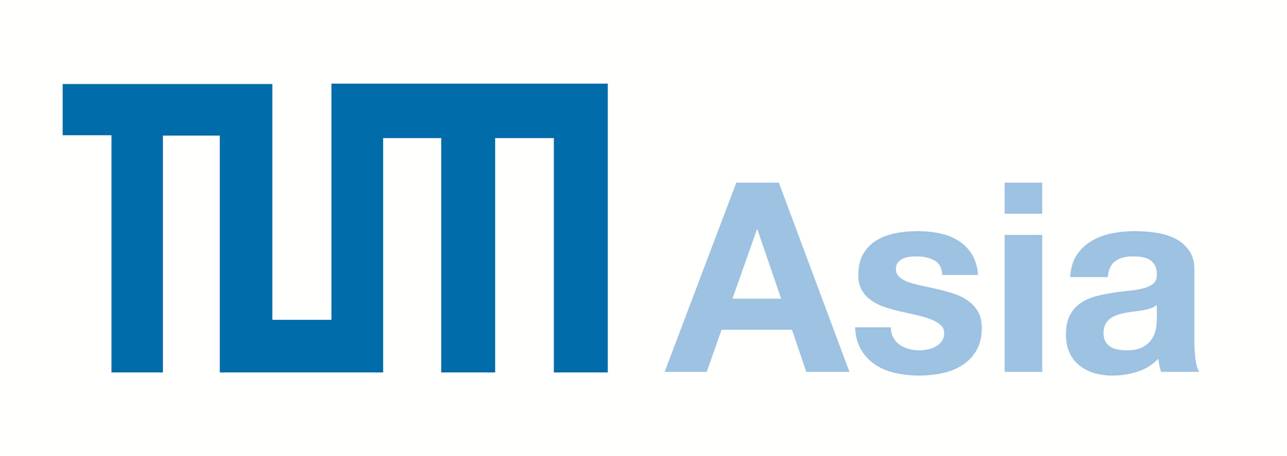Singapore: Emerging out of the depths of COVID-19

Is there now light at the end of the tunnel? Two waves of COVID-19, one caused by the Alpha variant in 2019 and another by the Delta strain in 2020 saw Singapore through two periods of strict lockdowns. Everyone living in the usually bustling city-state was forced to hunker down and stay indoors much of the time in order to slow the spread of the COVID-19 virus. However, the aggressive push to get as much of Singapore’s population vaccinated as possible, coupled with the relatively milder form of the Omicron version of the virus, seems to have brought us closer to a recovery that embraces COVID-19 as endemic.
Economy and Outlook
Singapore’s recovery accelerated in the final three months of 2021. The easing of virus restrictions and strong manufacturing helping push the economy to its fastest full-year growth in more than a decade, which stood at an eye-opening 7.2%. “Singapore is firmly on the recovery path with the manufacturing and services sectors driving growth,” said Irvin Seah, senior economist at DBS Bank Ltd, Singapore’s largest bank. Indeed, Singapore appears to be sticking with its gradual reopening path, with Prime Minister Lee Hsien Loong saying in his 2022 New Year’s address that we can be “quietly confident” about coping with the impact of Omicron. PM Lee said that Singapore expects to grow 3% to 5% in 2022, reiterating the official forecast from the Ministry of Trade and Industry. Furthermore, Barclays Plc economist Brian Tan notes that “even if renewed waves of infections force the government to tighten social distancing measures again, widespread vaccination coverage should reduce the need for severe restrictions. Hence, the economy is likely to outperform the rest of Southeast Asia.”
Healthcare
Singapore boasts one of the highest COVID-19 vaccination rates in the world. Already, 89% of Singapore’s total population has completed the full regimen of two vaccinations, with 61% of the population having received a third booster shot. Hospitals here are coping well in spite of the infections caused by Omicron wave. This is largely because the illness caused by Omicron is generally mild, with 99.7 per cent of people having few or even no symptoms. Despite an inevitable surge in cases, the number of cases with severe clinical outcomes remains low among patients infected. As of 8 February 2022, there were about 20 COVID-19 patients in the ICU, said our Health Minister Ong Ye Kung.
Travel and Tourism
Singapore is anticipating “further recovery” in passenger traffic in 2022 in line with global projections. At a parliamentary sitting on 10 January, our Transport Minister S Iswaran stated that Singapore “[remains] confident of the long-term potential of air travel”, despite the sector taking longer to recover from the battering of the coronavirus pandemic. He also reported that Singapore’s international airport, Changi Airport, had passenger numbers that were about 15% pre-pandemic levels as at end-December 2021. This was a marked increase from early 2021, when the passenger count stood at just 3% pre-pandemic numbers.
Singapore has demonstrated its commitment to border reopening efforts through establishing a robust vaccinated travel lane (VTL) arrangement since September 2021, which allows quarantine-free travel for vaccinated travellers on approved flights. We currently have VTL arrangements with 24 countries and regions across North America, Europe and Asia-Pacific. Singapore’s end-goal is to work towards quarantine-free travel for all vaccinated travellers. As such, Minister Iswaran anticipates further travel recovery in 2022.
It is increasingly clear that the COVID-19 pandemic is not about to loosen its stranglehold upon the world just yet, as a silent killer that has ravaged countries with immense death tolls and severe economic consequences since the start of 2019. However, with astute management of the crisis through apposite social restrictions, gradual reopening measures and extensive healthcare facilities, Singapore appears set to emerge out of the depths of COVID-19 sooner rather than later.




















